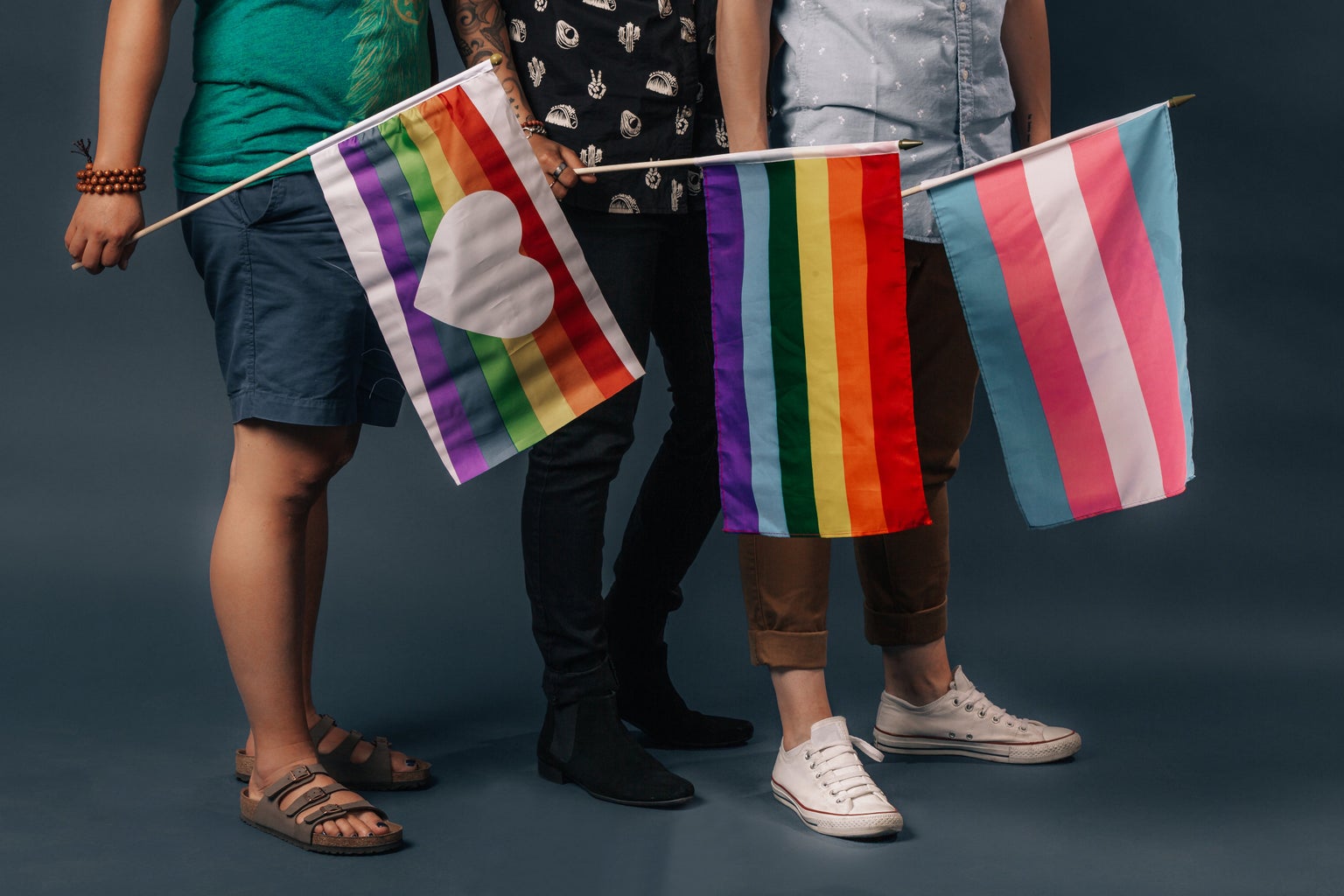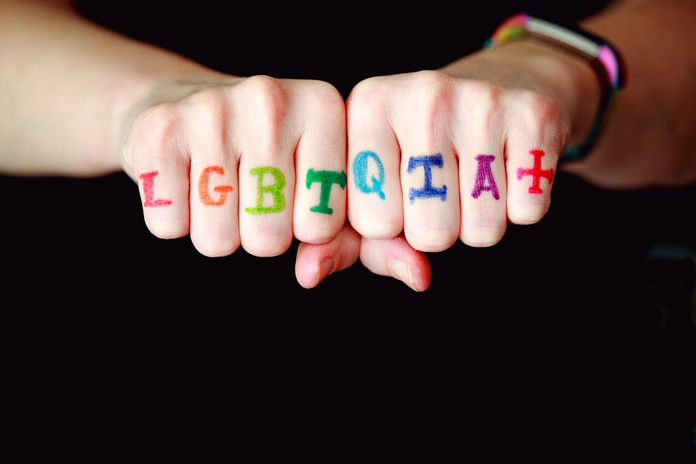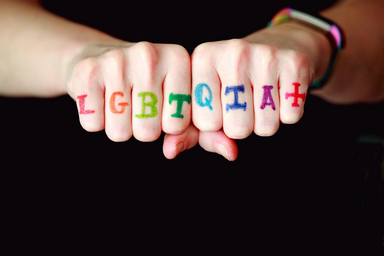Ladies, Gents, Theys/Thems, and everyone in between: Let’s talk about sexuality.
Well, specifically mine – and one I used to identify with.
I identify as pansexual, and every time I talk about my sexuality to someone for the first time, they have a lot of questions. I will admit, all of the labels can be confusing at first. However, it was really special for me to find one that fit me so well after such a soul-searching journey.
The most common misconception I get is that pansexual and bisexual are the same. At one point in my life I used to tell people I was bisexual rather than pansexual, simply to avoid explaining what pansexual meant. The two are closely related, but there are some differences that are important in understanding each of these sexual orientations. This begins with talking about gender and sex.

According to UCSF’s LGBT Resource Center, Gender is a social construct used to classify a person as a man, woman, or some other identity. Gender is not the same as sex assigned at birth, and it involves a set of traits that are influenced by societal expectations. Sex, on the other hand, is a categorization based on the appearance of the genitalia at birth.
Sometimes people ask whether or not bisexuality includes transgendered individuals within their sexuality. The short answer is a big fat “YES.” Trans men are men, trans women are women, it’s as simple as that. For example, if you’re attracted to men, your sexuality label does not disinclude trans men – because they are men.
Nevertheless, some friends of mine, who have contemplated distinguishing themselves as either bisexual or pansexual, brought up how gender ties into these two sexualities as a whole. That’s the thing – gender is a social construct, and there are many genders. That’s a whole other article, though.
Now that we have an understanding of gender and sex, what’s the difference between pansexuality and bisexuality?
According to the Lesbian, Gay, Bi, and Transgender Resource Center’s website, here are some general definitions for each:
Pansexuality is defined by having a romantic, sexual, and/or affectional desire for people of all genders and sexes.
Bisexuality is characterized by having romantic, sexual, and/or affectional preferences toward people of the same and other genders and sexes, or towards people regardless of their gender or sex.

Let’s break this down.
Let’s pretend you are holding a purple flower. If you are bisexual, then you like other purple flowers too – maybe even yellow flowers. Perhaps you also enjoy the occasional red flower, you may have dabbled in blue ones too. Maybe you’re the kind of bisexual who doesn’t care about the type of flower, you just enjoy the garden you’re working on.
If you are pansexual, let’s say you are holding a yellow flower. You like all of the flowers, including the yellow ones, and you may relate to your bisexual friend who dabbles in yellow, red, and blue flowers. Although, you enjoy pink flowers whereas they do not. Another bisexual friend does though, they like all the flowers just like you. It varies from person to person, but both are valid and both are about appreciating the beauty of our differences.
In my case, I am attracted to people because of who they are – while their gender and the beauty of it are attractive to me, that’s not what catches my eye romantically or sexually. This aspect of pansexuality can vary between individuals, just as it can for bisexuals, though. Bisexuals may find themselves in my boat as well, attracted to people first and their gender last.
A difference between these two is that some bisexuals may not be attracted to those who identify as agender, while some may be. Pansexuality is characterized by being attracted to all genders and sexes, none are ever excluded. Both of these sexualities can be attracted to gender as a construct, but it varies from individual to individual.
This is the beauty of sexual orientation, the fluidity of it all.

Final Thoughts
Your identity and your sexual orientation are valid, and if you are questioning, that is also valid. There are so many labels, and although they can be daunting at first, there is a whole community waiting to appreciate you whenever you’re ready for us.
If you are an ally, don’t shy away from asking questions. It’s how we grow, communicate, and celebrate how far we’ve come.
Linked at the end of this article is a phenomenal resource that includes many general definitions for sexualities, gender identities, and more. Some terminology used in this article were defined by using this site as a resource. There are other resources provided on the website that could be helpful for further information on the LGBTQIA+ community.
I hope this helps, take care.
UCSF Lesbian, Gay, Bi, and Transgender Resource Center:


